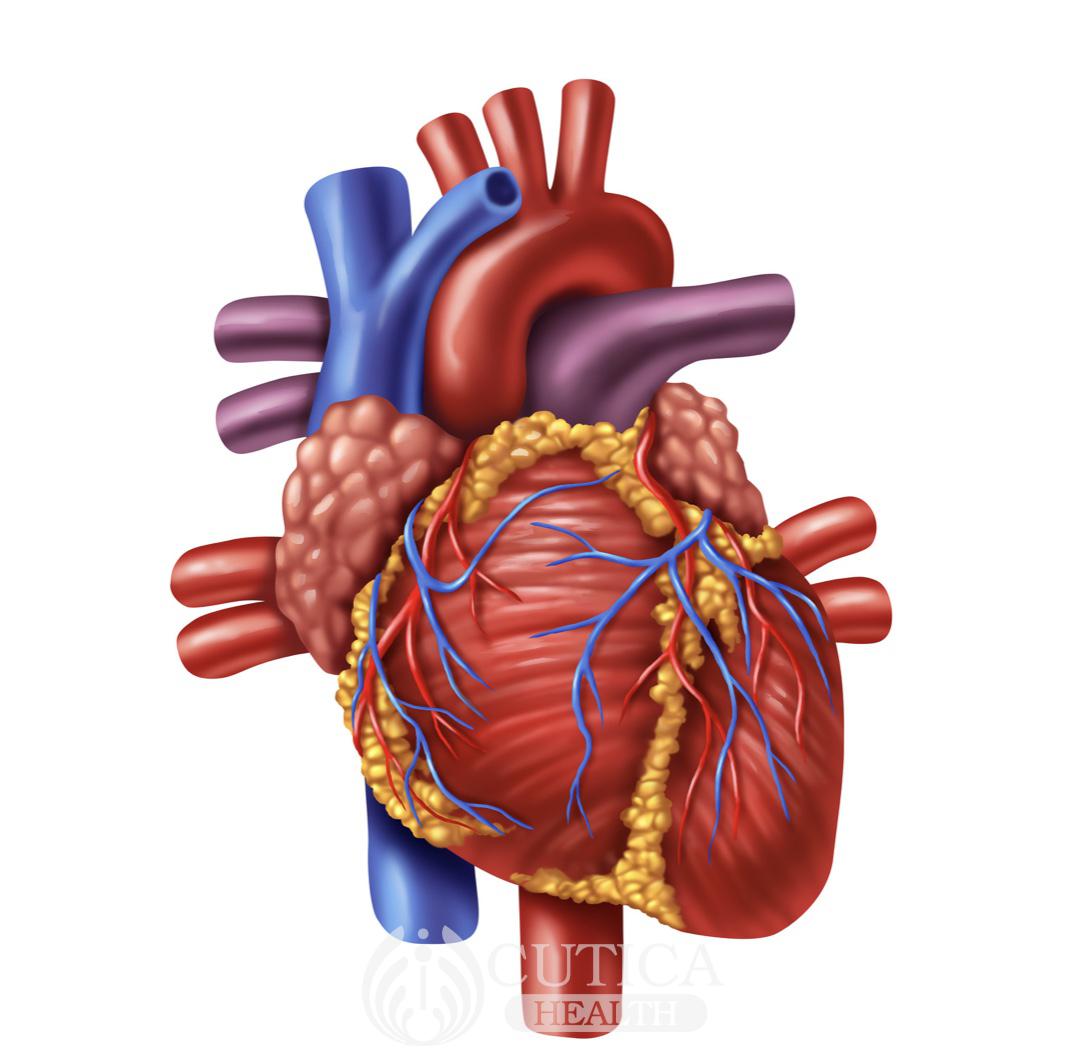
1 minute summary:
Social isolation and loneliness, although used interchangeably, are two different terms which have an underestimated influence on health outcomes. As one grows older, one becomes more vulnerable to both and at risk of the physical and mental health challenges that come with them.
When they arrived the emergency room, the doctor did some physical examinations and found that Effiong’s blood pressure was quite high at 190/120 (normal reading is 120/80) and his heart was beating much faster than normal. Rapid electrocardiography (ECG) test revealed findings suggesting reduced blood flow to a part of the heart; a condition known as angina. The doctor immediately commenced treatment.
Further investigations and imaging showed that he had a buildup of fat plaques obstructing blood flow to a part of his heart, confirming angina.
After some hours, Mr. Effiong was stable and thought to have a conversation with his doctor about his health.
“I hardly find sleep, I eat less and I have been less active than I used to when my wife was alive. Is this why my blood pressure went up?”
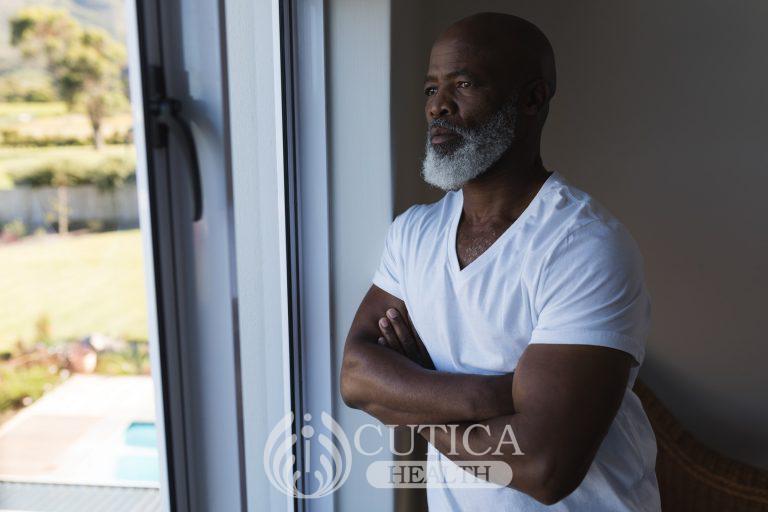
It turned out Effiong had a history of high blood pressure but it was well controlled with pills. However, he told his doctor that after losing his wife a few years ago coupled with the absence of his children who live far away in the city, his lifestyle and health had taken a downward spiral.
“I am always indoors, I hardly feel the need to go out, and stopped taking my pills a few months ago” Effiong told his doctor. “I used to farm a lot with my wife, but have not been able to get my self to do much of that since she died.”
“My kids all work in big companies in the city and only come here once in a year or so.” He added.
The doctor wondered how much Effiong’s social isolation and loneliness contributed to his current heart problem and uncontrolled blood pressure. He also wondered whether Effiong had become depressed.
Social Isolation and Loneliness
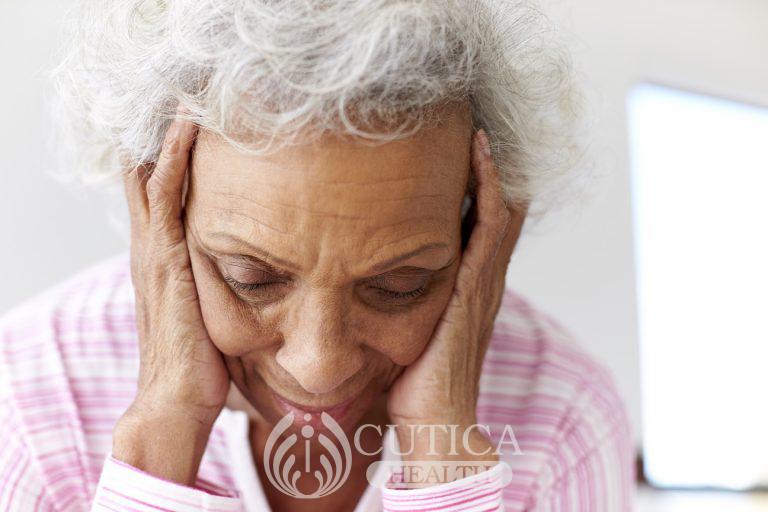
Humans are social beings; we thrive with social relationships. From friendships, business relationships, to marriages, connections with other humans boost not only our mental health but also our physical health. However, as we age, there is a tendency that much of these relationships decline and we become more vulnerable to social isolation and loneliness.
Although used interchangeably, social isolation and loneliness have different meanings. Social isolation is an objective physical alienation from other people; for example, living alone. Loneliness, on the other hand, is a subjective distressed feeling of being alone.
In simple terms, social isolation is a physical state (not a feeling) of being alone, while loneliness is a feeling of being alone. Therefore, it is possible to be socially isolated yet not lonely, and possible to be in constant interaction with others, yet feel lonely
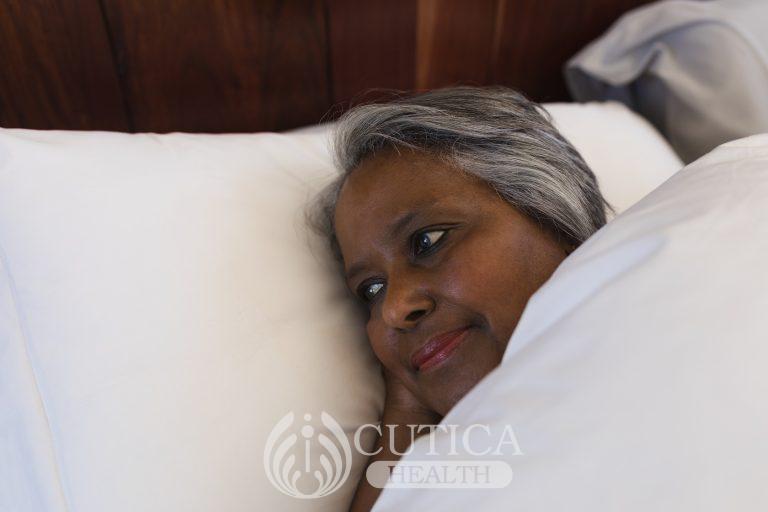
Social isolation and loneliness remain a global problem that affects health across all age groups. However, the elderly are the most vulnerable group. Both factors are influenced by the availability of social resources, which is closely tied to one’s socioeconomic conditions. A recent study revealed that being unmarried or divorced, having low income, and low education were all key risk factors for social isolation and loneliness.
For Effiong, the loss of his wife and prolonged absence of his children predisposed him to social isolation. But did these factors also contribute to his symptoms?
Link Between Social Isolation, Loneliness and Health Outcomes
Several studies have established the positive effects of social connections on health. Research has concluded that people with a strong feeling of purpose who engage in social activities live longer. These individuals have been shown to have a better immune function, stronger cognitive functions, and reduced risk of certain diseases. All of these lead to better outcomes.
Conversely, poor social interactions and loneliness are associated with poorer health outcomes. Social isolation and loneliness across all age groups have been linked with mental health problems such as depression, anxiety, and in the elderly, a higher risk of cognitive decline, Alzheimer’s disease, and a nervous breakdown.
Furthermore, these two factors are contributors to physical health problems including heart disease, high blood pressure, diabetes, obesity, and death. Some studies have equated this risk with the risk from other factors including smoking, physical inactivity, unhealthy diet, and genetics.
Although the risk of these health challenges spans all age groups, it increases with advancing age.
Are social isolation and loneliness major contributors to Effiong’s angina and uncontrolled blood pressure? The short answer is yes. Let’s explain.
As in Effiong’s case, social isolation keeps the body on hyperdrive or an overtly vigilant (flight or fright) state – causing his body to release more adrenaline. When the nerves release more adrenaline, the heart and blood vessels are kept on hyperdrive against a perceived potential threat and sleep becomes little and distorted. Under these circumstances, the blood pressure can remain elevated.
And the body is not supposed to constantly be in this state. Effiong’s case was compounded by his discontinuation of blood pressure medication possibly due to depression.
Furthermore, social isolation and loneliness evoke the stress response, which makes the body secrete the stress hormone in large amounts. Stress hormone helps the body cope with stress by boosting immune function and heart function. However, in chronic stress situations such as social isolation and loneliness, the body loses it’s sensitivity to this hormone.
Consequently, our immune function gets suppressed, our bodies no longer produce enough chemicals to fight inflammation, and inflammatory chemicals begin to cause damage throughout the body, with significant damage done to different organs including the heart.
Social isolation and loneliness trigger a vicious cycle in which the body exhausts itself in trying to mitigate stress but in the end, loses itself in the process.
The Trend of Social Isolation and Loneliness in Africa and Possible Solutions
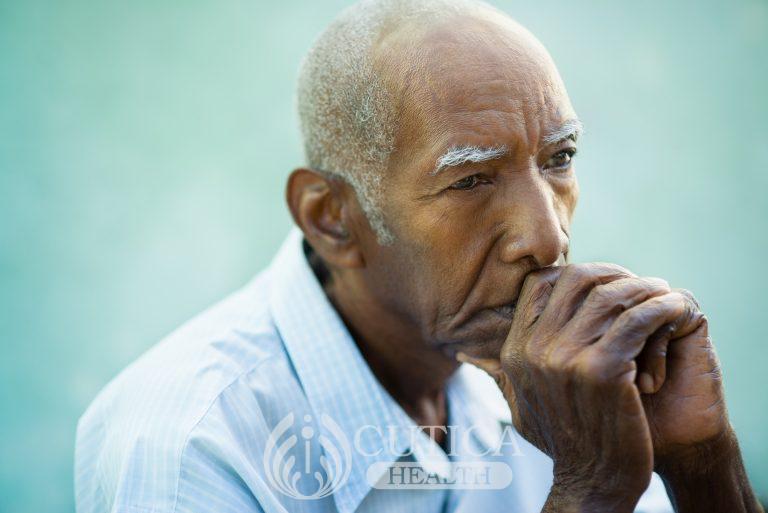
Among the elderly in Africa, social isolation is constantly climbing. In a study evaluating the causes of social isolation in Nigeria, rural-urban migration was found to be a major cause. The participants who were aged 58-88 cited the distant location of and infrequent communication with their immediate family members (children and grandchildren) and the absence of their spouses as common reasons for loneliness.
Also, the tech age has not made it any better. People had reasons to visit their aged parents in distant places more frequently before the tech age than they do now. Being able to send a message to an aged parent may obviate the need to visit frequently but only deepens the feeling of loneliness in the aged.
However, with the link between social isolation and poor health outcomes well established, society should begin to rethink the care of the elderly.
A paradigm shift is necessary, with effective interventions to prevent loneliness. These interventions include:
- Improved social support: This not only focuses on improving support from children and relatives but also improving opportunities for social interactions at the community level.
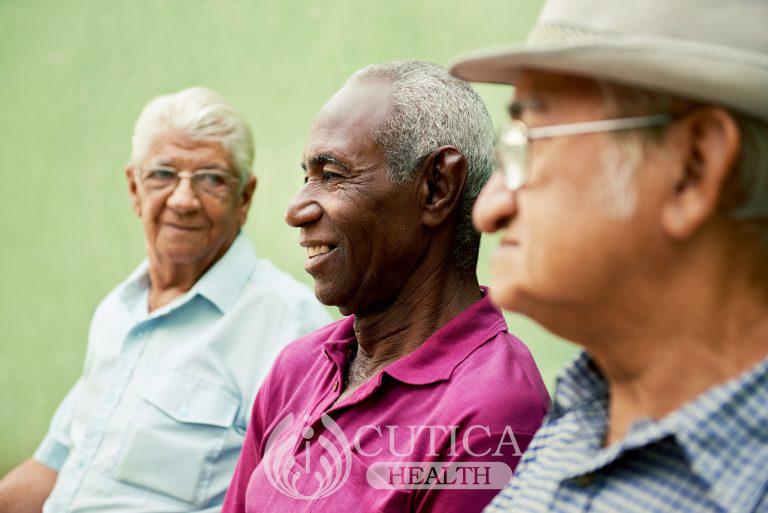
- Improved social skills: This involves creating more interactive activities in the community and addressing maladaptive social cognition with counseling and therapy.
Social isolation and loneliness are oft-neglected factors that increase risks of other health challenges. Improved strategies to prevent these factors in people of all age groups will ensure better health outcomes.








